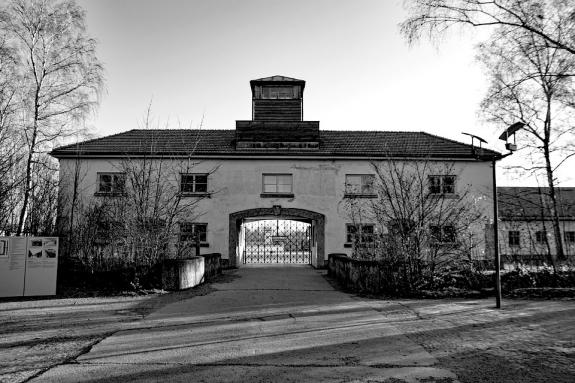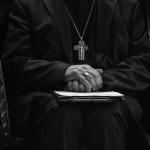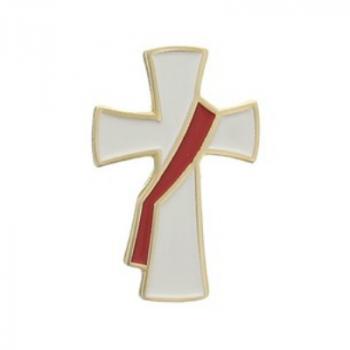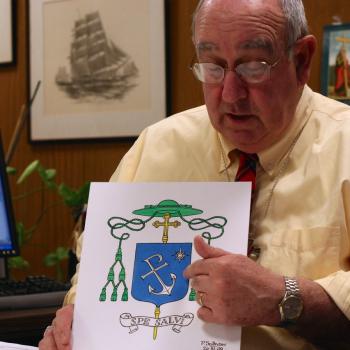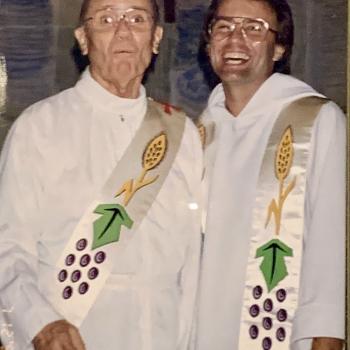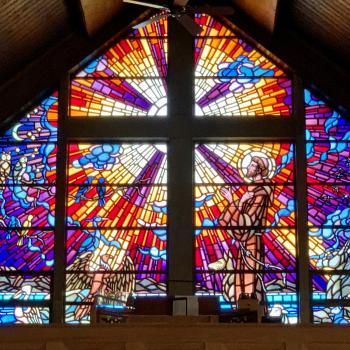An important piece of history more people should know about, via CNS:
Dachau, the notorious German concentration camp most associated with the genocide of thousands of Jews during World War II, also held more than 2,700 clergy – 2,400 of them Catholic priests.
Amid the horrors of hunger, torture, medical experimentation and mass executions, faith and hope somehow managed to flicker – and often flourish – in this section of Dachau: Cell Block 26.
One Catholic deacon was even ordained to the priesthood while in captivity, all while escaping detection.
“It was the largest religious community living together in the history of the Catholic Church,” said Dianne Traflet, an assistant professor of pastoral theology and the associate dean of graduate studies at Seton Hall University in South Orange, New Jersey, addressing permanent deacons and their families at the 2018 National Diaconate Conference in New Orleans in late July.
“These were priests who lived their faith and their vocations with heartbreaking focus and love and who were determined to build the body of Christ,” Traflet said of the camp’s Catholic clergy, who hailed from 144 dioceses and 25 countries and were about a third of Dachau’s total population.
Traflet, who told her stories from a stage inside the National World War II Museum, spoke of how priests donated blood, volunteered to serve in Dachau’s deadly typhus ward and surreptitiously celebrated Mass using smuggled consecrated hosts.
And there’s this:
From Cell Bock 26, Dachau’s priests held theological conversations, Bible studies, conducted baptisms, heard confessions and wrote a multi-lingual dictionary of basic phrases so they could comfort the sick and dying in their native tongues. They would also talk and pray about how to help the Church, wracked by the loss of so many clergy.
“They said there are images of ‘Christ the King’ and ‘Christ the Priest,’ but we also need an image of ‘Christ the Servant,’” Traflet noted of those discourses, some of them preserved by Dachau escapee Wilhelm Schamoni in his 1953 book “Married Men as Ordained Deacons.”
Dachau’s priests started thinking of the restoration of the permanent diaconate – something that wouldn’t formally happen until 1968 – as a means of multiplying the numbers of ordained men who could bring comfort and news of salvation to the afflicted in this era of priestly attrition.
Moreover, married men could more easily fly under the radar while doing their work in mission countries and in times of religious persecution, whereas priests were more visible targets of hatred because of their more public lives and manner of dress.

